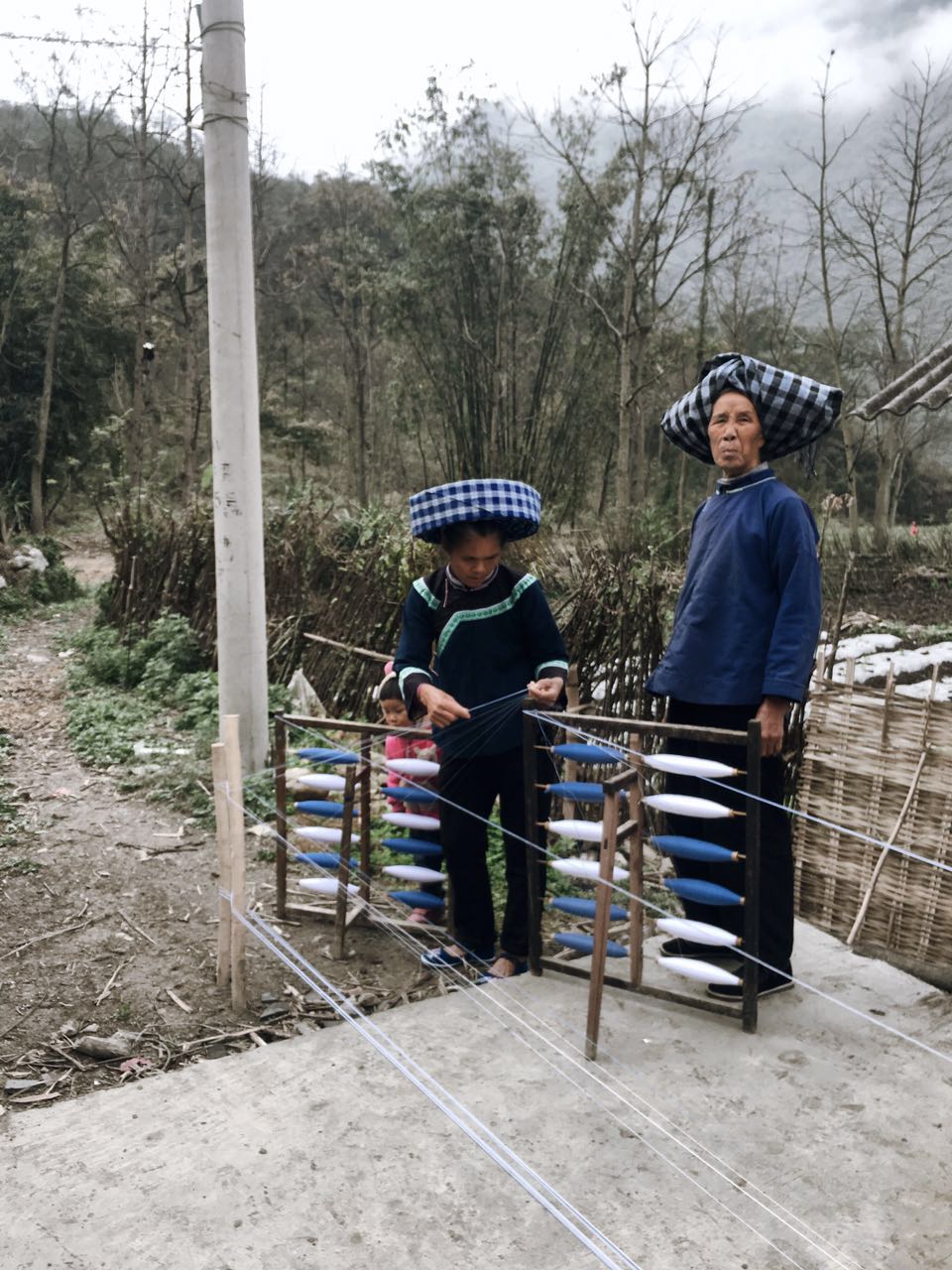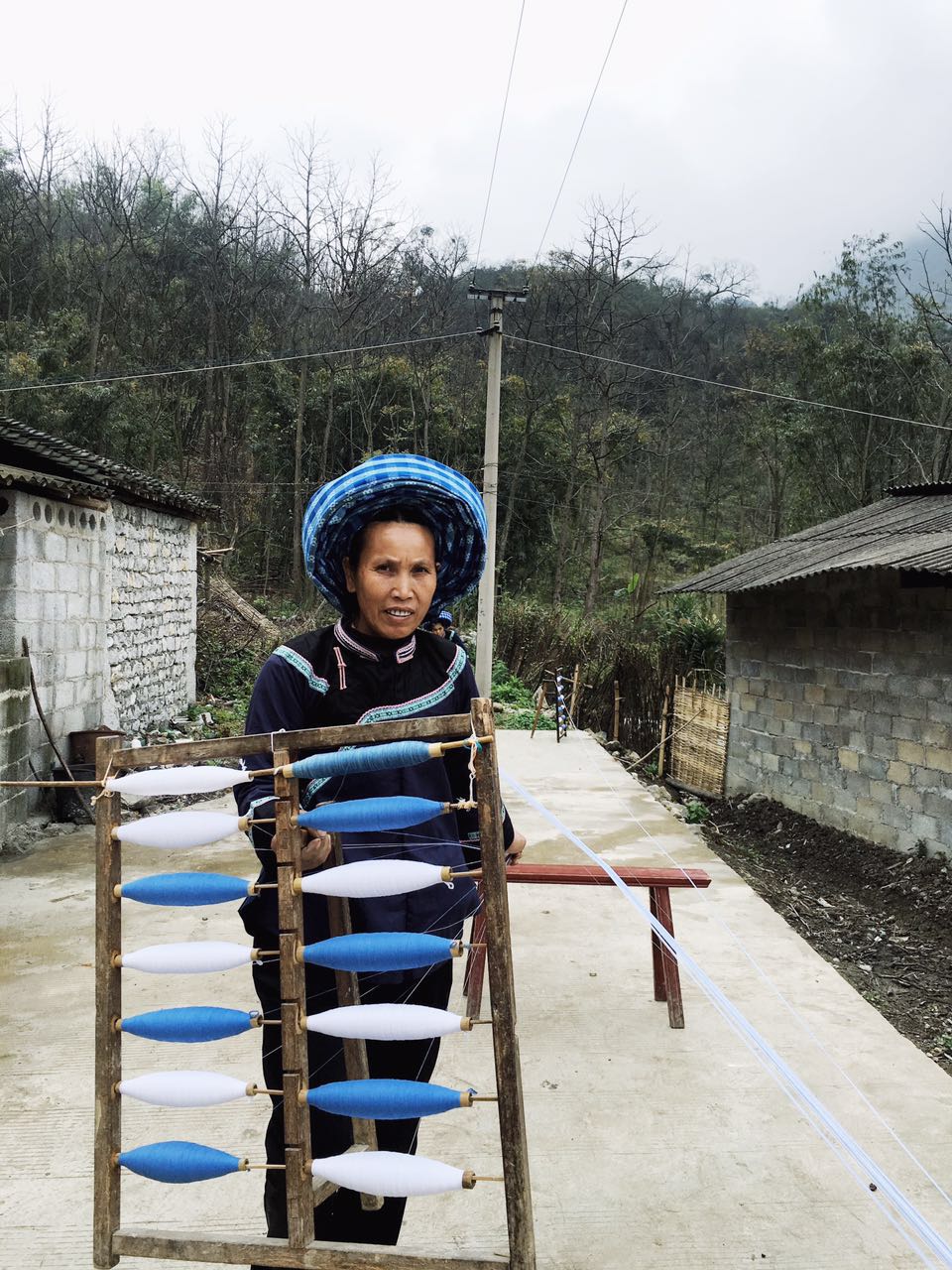[Guizhou, China] A Look into the Buyi (or Bouyei) Tribe 布依族
Buyi / Bouyei Tribe (布依族)
This week (mid-March 2017), I took a 3-day excursion to Guizhou, China to visit a village inhabited by the Buyi tribe (布依族) to take a close look at their rich heritage of craftsmanship into plaid weaving.
To get to the village, I took a 3-hour plane ride from Shanghai to Guiyang, the capital of Guizhou and then another 1-hour high-speed train ride to Guanling (关岭). From there, I took a 1-hour car ride to a village close to Anshun (安顺), where many Buyi people reside.
History
A sub-clan of the Baiyue Clan (百越名族), the Buyi ancestors have been living in the Southern and Northern river basins for around 4000-5000 years. Referred to as "Zhongjia" (仲家) by historians, the Buyi tribe is most-known for their rice-farming heritage.
Currently, the tribe is comprised of over 3.2 million people who live mainly in Guizhou, Yun'nan and Sichuan provinces.
Clothing
With over 3,000 years of cultural inheritance, the Buyi people's traditional clothing has become part of their identity.
The Colors of Buyi
Mainly inspired by their rice farming culture, their garments are made with locally grown cotton and traditional crafting techniques such as indigo wood root dyeing, Buyi plaid weaving, brocade, batik, tie-dye, embroidery and silver ornaments making.
The colors and patterns of their plaids are mainly inspired by their beautiful environment: surrounding blue skies, white clouds, evergreen mountains and clear waters.
Symbolism of the Plaids
The plaid patterns are characterized by a complex arrangement of tiny squares within squares lined within a grid. The grid symbolizes their motherland, China, while the squares represent the multitude of scattered clans spread across the country. The tiny squares within represent the Buyi people in the clans.
Reflecting their harmonious relationship with nature, specific patterns take the shape of waves, thunder storms, mountain curves, contour of terraced fields, rice grains, fish bones, birds, sunbeams and more.
Purpose
What an enlightening experience to see these lovely crafts entirely made by hand by these women. Which brings me back to the main purpose of my trip: to learn more about their culture, history and capabilities and help them raise cultural awareness. In short - to help the Buyi tribe sustain their traditional handicrafts and heritage by connecting them with pertinent parties (eg. artists, designers, brands) so they can market their product and sell them at a price that's well-deserved.
YAN Artisans, the organization I'm working for, aims to establish sound institutional structures and sustainable business mechanisms to help them build connections and partnerships with modern markets in the fashion industry. So... Potentially interested artists, designers, fashion enthusiasts or anyone who's keen to learn more - feel free to private message me!
Me trying to wrap glutinous purple and yellow rice in a leaf
A local lunch in the village









